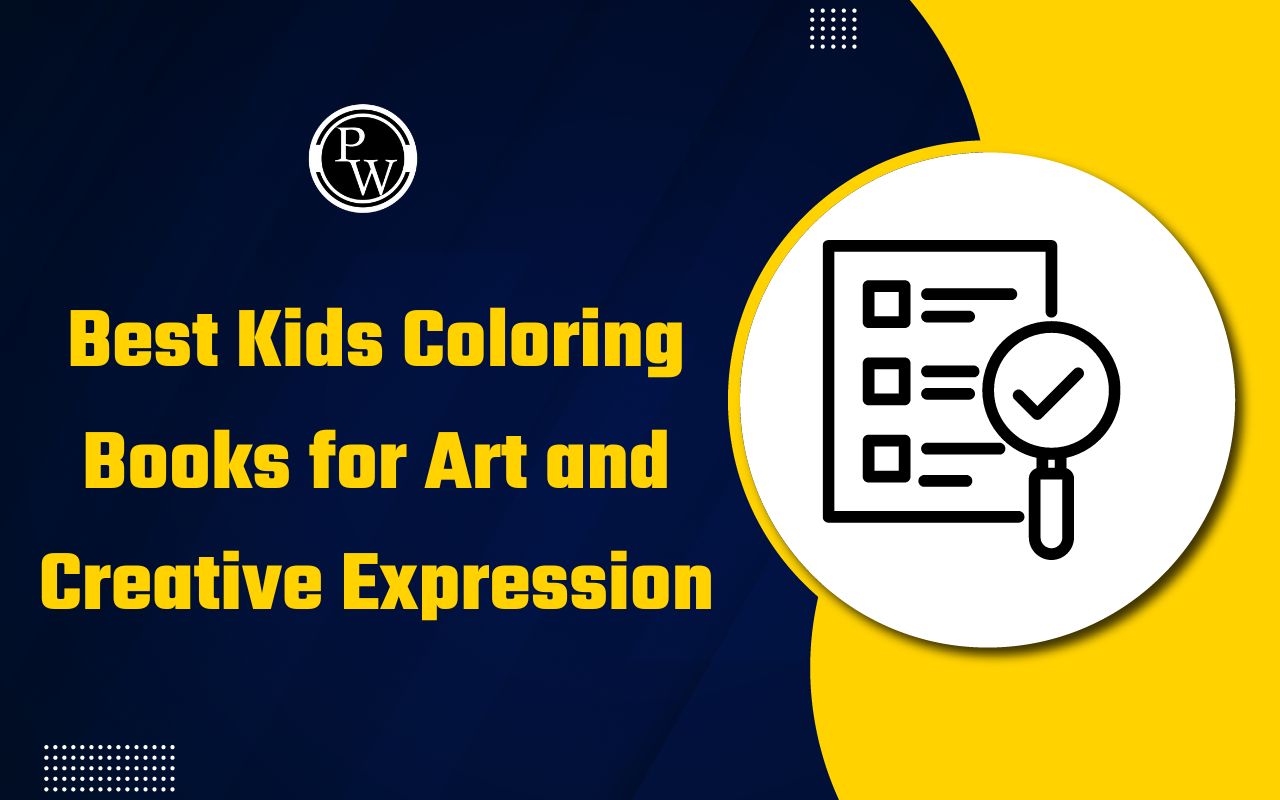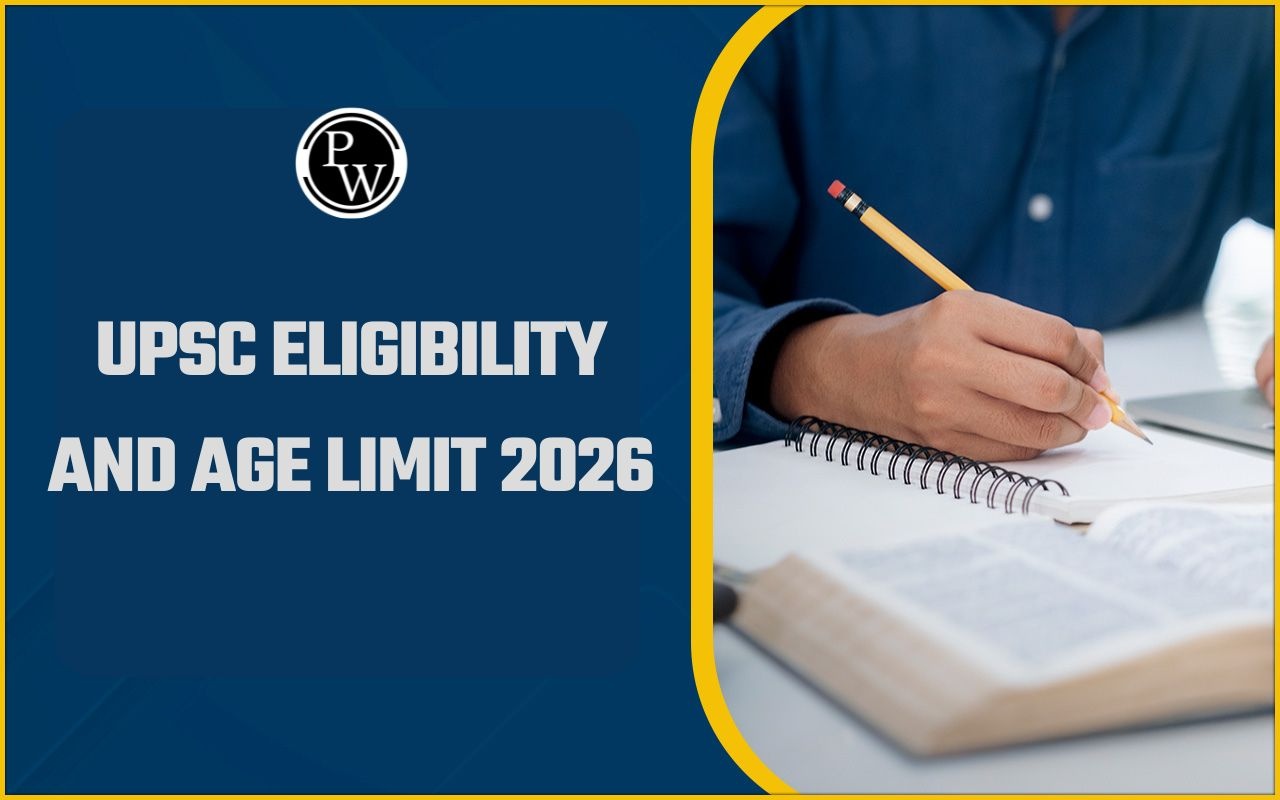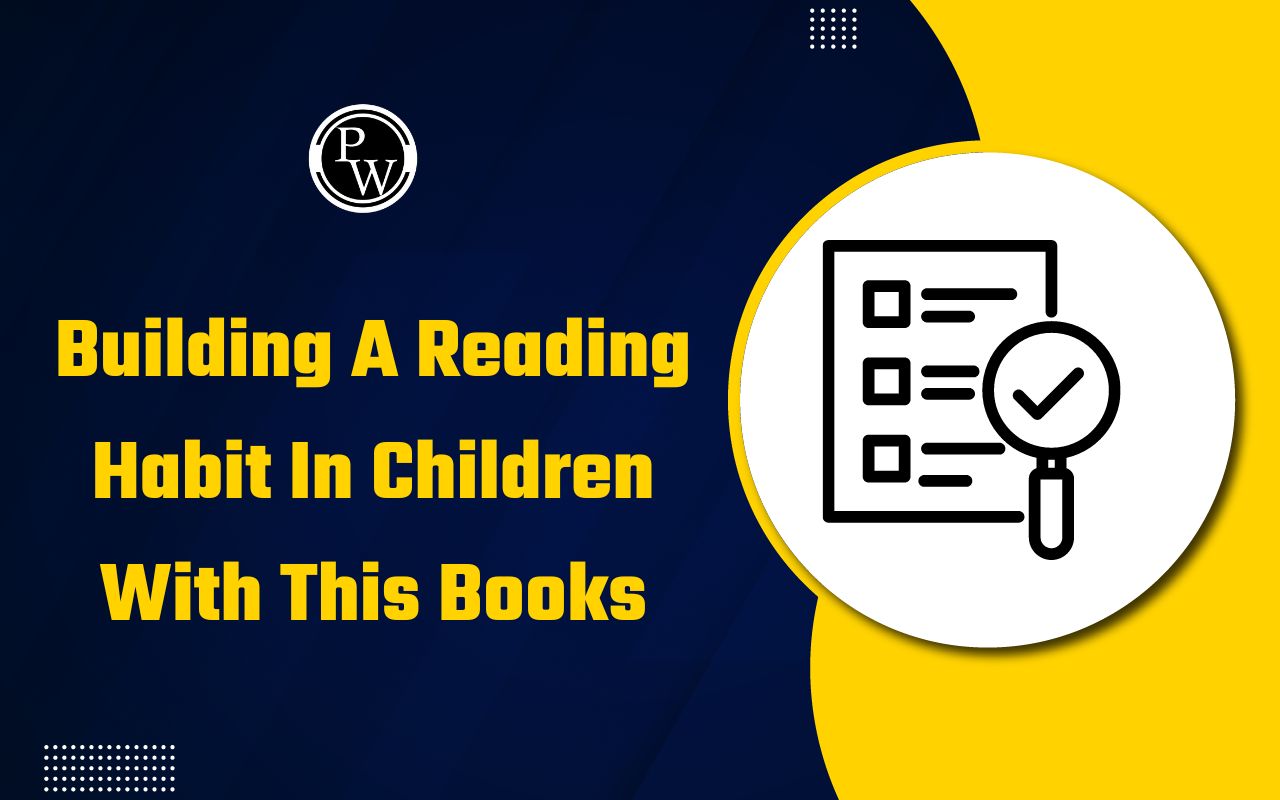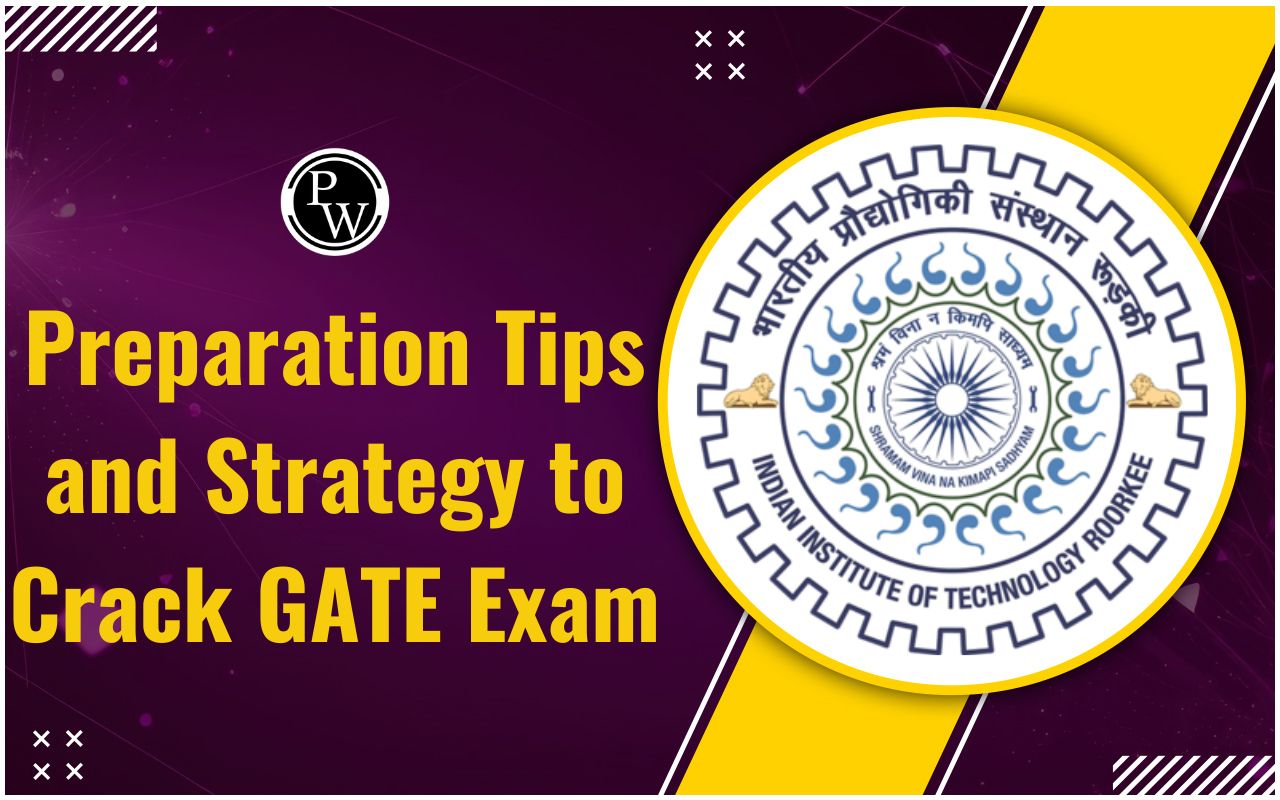6 Strategies Teachers Use To Help Kids Who Learn And think Differently

Teaching Strategies to Help Kids Learn and Think Differently
Within the ever-changing world of learning, teachers use a variety of teaching techniques to engage their students. Yet, with this diversity, an important concern arises: Do these methods truly support the unique needs of children who think and learn differently?
Using kid’s storybooks and pattern activity books or kid’s writing are a few approaches used by teachers to help kids learn better.
We have provided a few teaching strategies and methods to help students learn and think differently. While teaching methods may vary, some are rooted in research and show more effectiveness than others. These tried-and-tested methods not only benefit all students but also hold particular significance for those who deal with diverse learning styles.
They possess the life-changing ability to improve the learning experiences of struggling students, promoting their capacity to understand and apply information with greater proficiency.
Check Out: Kids Books
6 Strategies Teachers Use to Help Kids Who Learn and Think Differently
We have provided below the common strategies teachers use to help kids who learn and think differently:
1. "I Do, We Do, You Do" Using Kids Writings Books
Learning is often most effective when it's hands-on and practical. The "I Do, We Do, You Do" approach shows this concept, guiding students through the learning process in stages. By first demonstrating a skill ("I do"), then working with students ("we do"), and finally allowing them to practice the skill freely ("you do"), teachers provide instruction that supports diverse learners in their learning journey.
Children’s writing books are a great way to use this technique by first showing them how to write and then asking them to follow it.
Check Out: Writing Time Kid’s First Pencil Control Books
2. Wait Time
In the fast-paced rhythm of a classroom, it's easy for some students to feel left behind. At this point, the concept of "wait time" starts to make sense. By pausing for three to seven seconds after asking a question, teachers provide room for all students to process information and formulate their responses. This simple strategy is particularly beneficial for students with slow processing speed giving them the time they need to engage meaningfully in classroom discussions.
3. Using Mnemonics
For students struggling with information overload, mnemonics offer a lifeline. These smart memory aids, such as acronyms or visual cues, help students retain and recall key knowledge more effectively. Whether it's remembering the order of operations in math or mastering difficult vocabulary, mnemonics provide a roadmap for success. Teachers can use various stories or phrases from storybooks or kindergarten books to read to teach children various concepts.
Here's an example. Please excuse. My Dear Aunt Sally is frequently used to remember the order of math operations: parentheses, exponents, multiply, divide, add, and subtract.
4. Using Gamification to Teach
Who says learning can't be fun? Gamification infuses education with elements of play, turning boring tasks into exciting adventures. By incorporating game-like elements from the Kid’s Pattern activity books such as ‘Guess the Figure’, ‘Find the Square’, ‘And Identify the Pattern’ teachers can ignite students' desire for learning and deepen their involvement with course material.
Check Out: Kid’s Pattern Activity Books
5. Graphic Organizers
For visual learners and those struggling to put together their thoughts, graphic organizers are a game-changer. These visual tools, ranging from diagrams to figures and patterns, help students map out concepts, spot connections, and improve their learning process. Whether it's solving math problems or writing an answer the graphic organizers provide valuable support for kids who learn and think differently.
Using graphic organizer can help in the following:
Dyscalculia: Using graphic organizers, children may break math problems into smaller steps. They can also be used by children to learn mathematics fundamentals.
Dysgraphia: When teaching writing, teachers frequently make use of graphic organizers. Children can plan their ideas and writing with help of graphic organizers. To help children with separating their words, some additionally offer write-on lines.
6. Encouraging Kids to Read
Beyond the school walls, the journey of learning continues through the pages of engaging kids story books. Kindergarten books are filled with colorful characters, enchanting adventures, and important life lessons, making them the perfect companions for young kids beginning their educational journey.
Online storybooks and picture books offer a valuable collection of fun activities, bringing stories to life with bright examples, animated characters, and entertaining narration.
Parents can use various storybooks and picture books to teach children who struggle to learn things in a conventional teaching way.
Check out: 150 Science Experiments kit
Strategies Teachers Use to Help Kids Who Learn and Think Differently FAQs
Q1: How can a child learn?
Ans: Children and teenagers learn through observation, listening, exploration, experimentation, and questioning.
Q2: Where do children learn from?
Ans: Every young kid learns most through meaningful experiences that involve doing, touching, and moving. Children also acquire learning through hearing and seeing.
Q3: How to ask questions for kids?
Ans: To keep the conversation continuing, ask questions that require more than a simple "yes" or "no" response. Ask "why" and "how" questions rather than just "what," "who," "when," and "where."
Q4: Why do kids struggle to learn?
Ans: Children may struggle to learn for many reasons. Some kids may have problems with reading or math. Some kids have problems processing instructions.
Q5: How many types of teaching strategies are there?
Ans: There are two basic types of teaching approaches and strategies: teacher-centered instruction and student-centered instruction.








